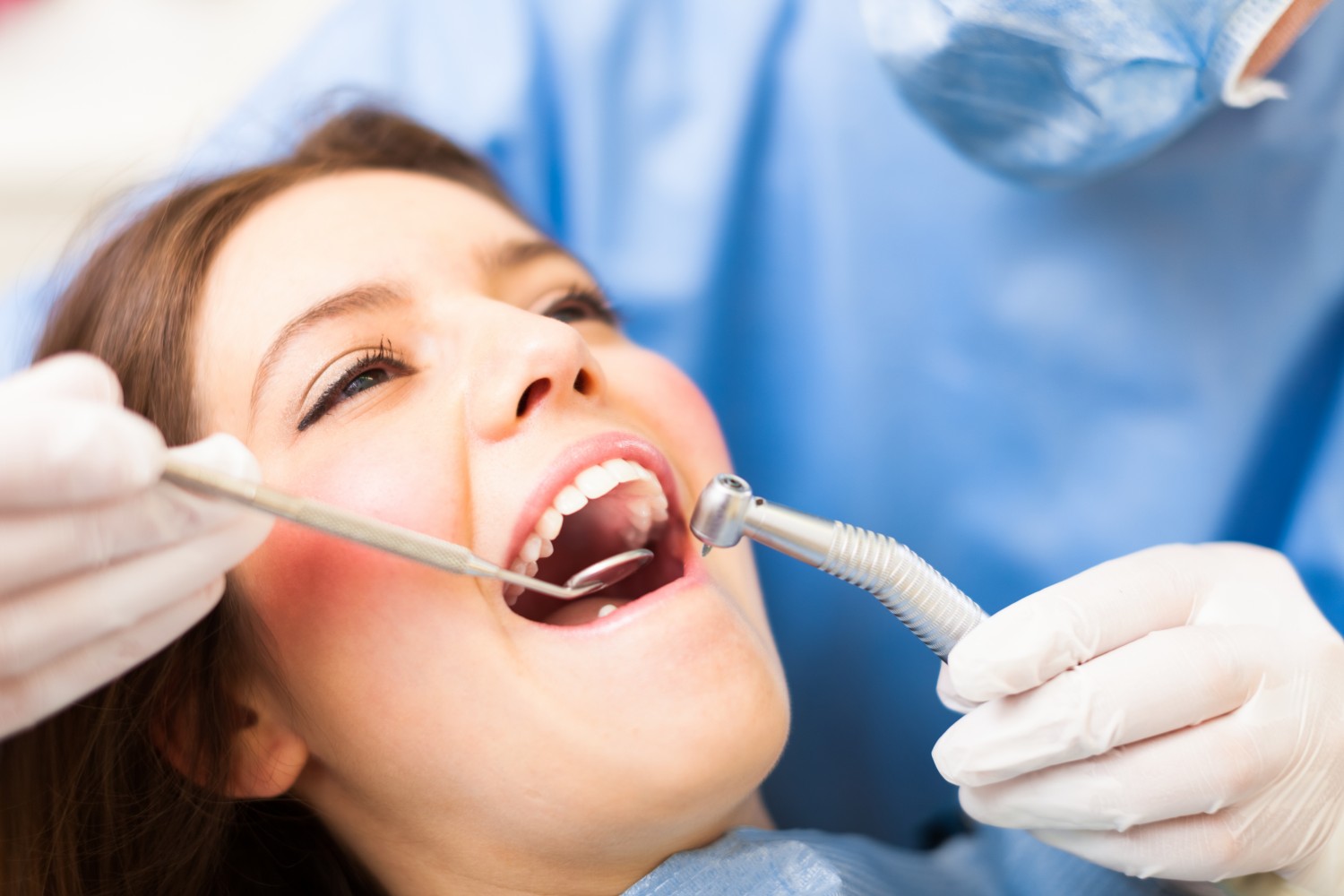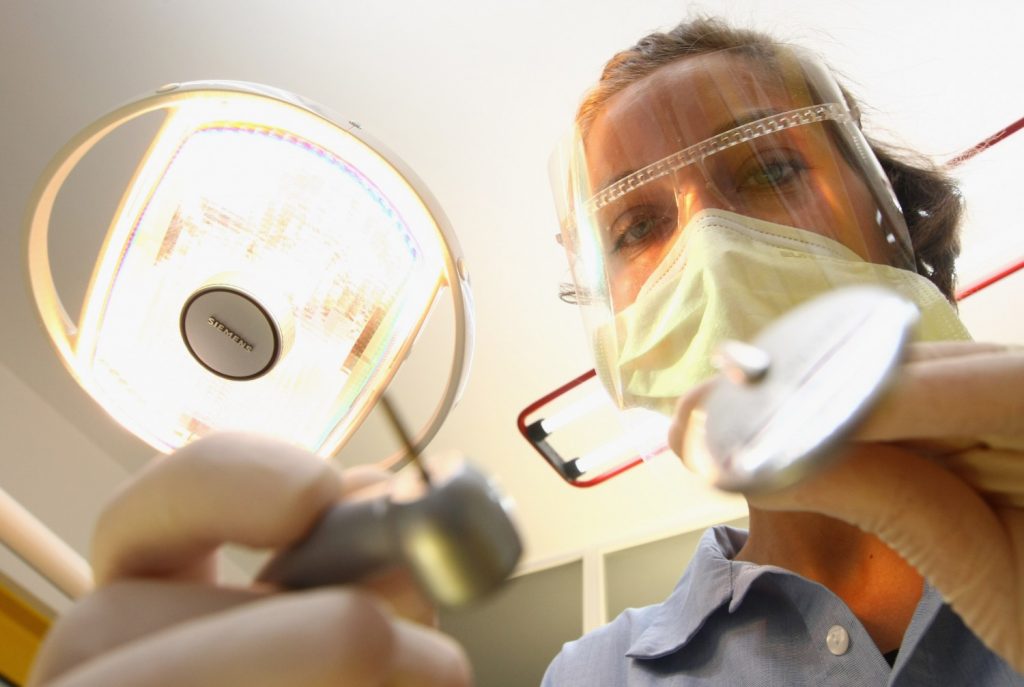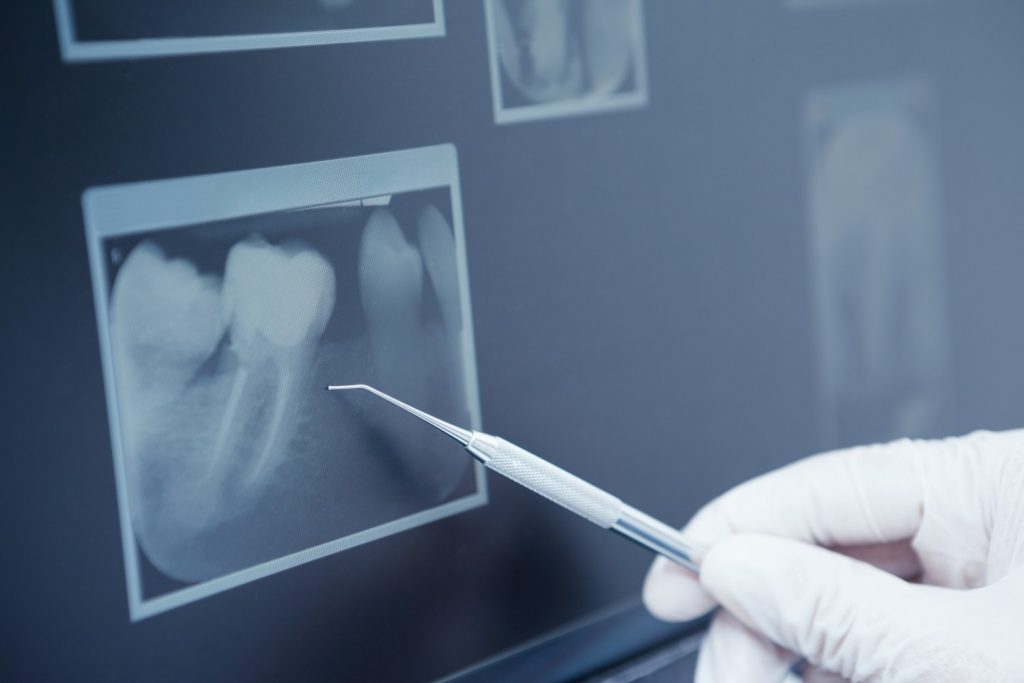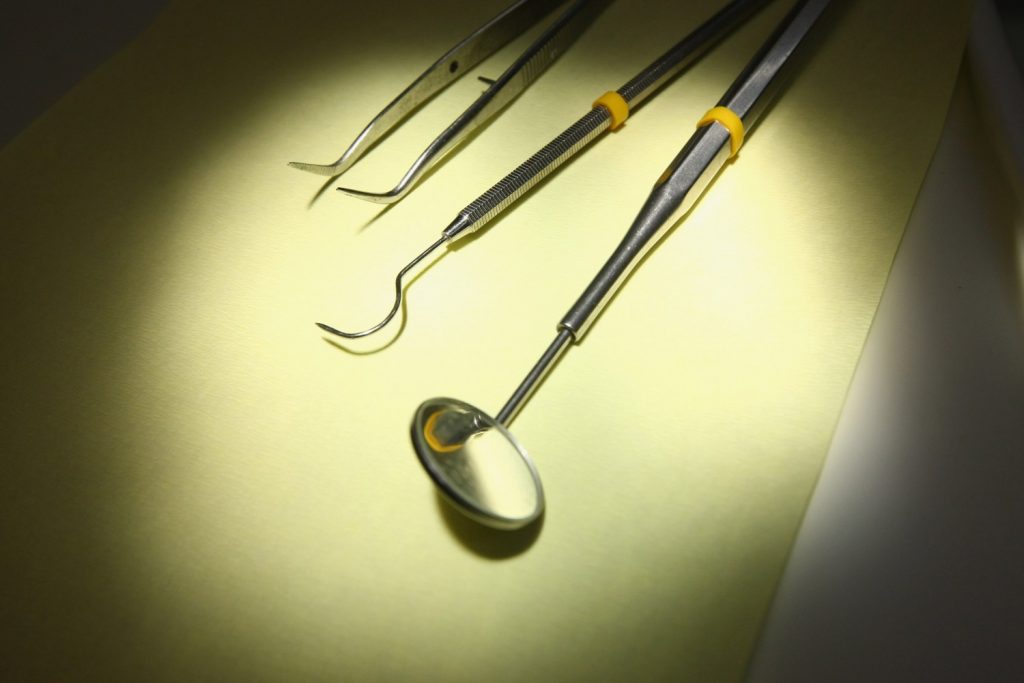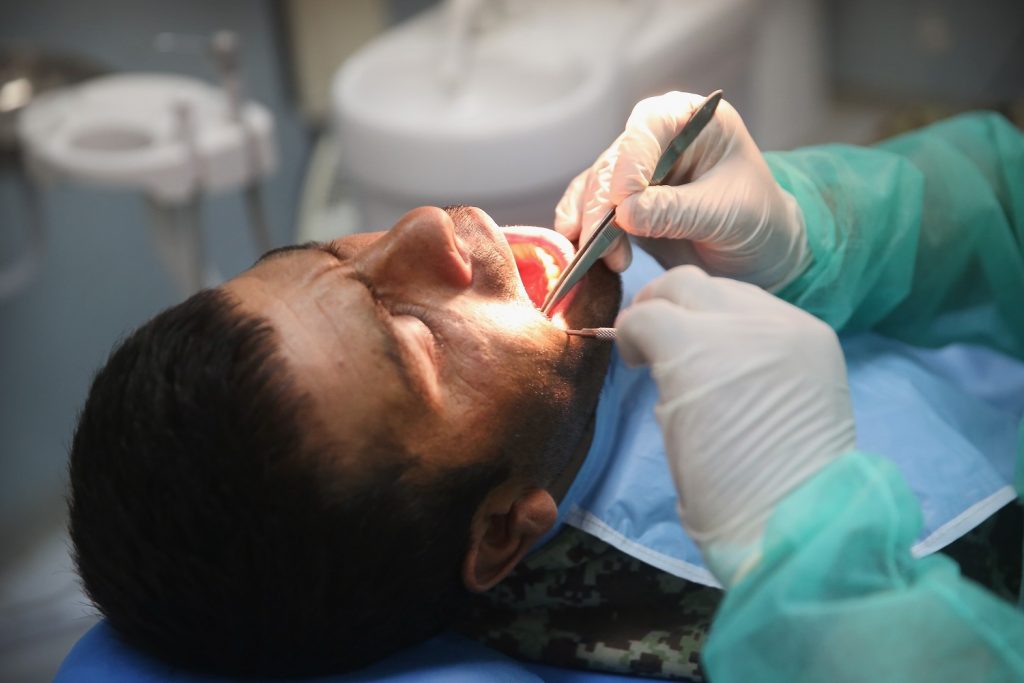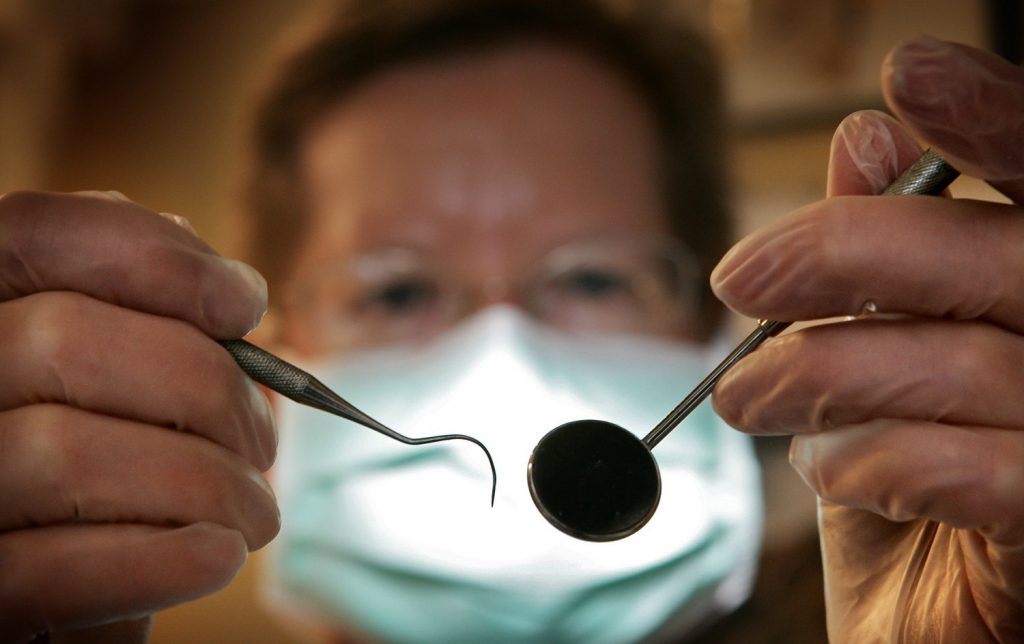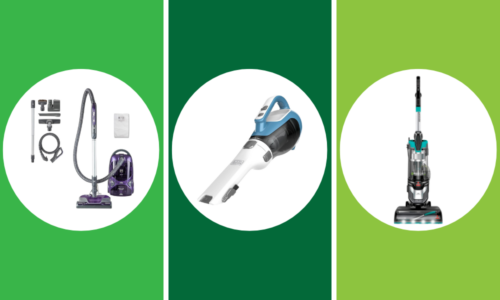Almost one in four Americans are without dental insurance plans. Yet, brushing and flossing at home isn’t enough for oral health.
Skipping out on dental cleanings can lead to some serious problems, including periodontal disease.
Meet “Free Dentistry Day”
Several dentist offices across the country are stepping up to help! These offices decided to offer complimentary services through a program known as “Free Dentistry Day.”
The program recognizes that many Americans can’t afford dental care, or maybe haven’t prioritized their oral health, which, in turn, has kept them from getting regular cleanings.
The days that dental offices participate in the “free days” varies, but you can check to see if there’s an upcoming event in your city by keeping tabs on the upcoming events. If you don’t have dental insurance, bookmark this page so you can keep an eye out for upcoming free dentistry days near you!
The organization’s Facebook page is pretty handy, too.
Free dentistry days are currently scheduled in a handful of states.
Cleanings, extractions and fillings are among the free services being offered by dental offices.
Free Dentistry Day was started in 2010 with 20 offices participating, according to Kathy Scent, a practice administrator in the Chicago area.
The number of dental practices giving complimentary services has doubled every year since, she says. Last year, more than 2,500 patients have received free dental services that amounts to more than $1 million in free dentistry.
One of the patients who took advantage of the free dental day was interviewed for a video about the complimentary services.
He estimated he hadn’t been to the dentist for 10 to 15 years because he was without insurance. Another said a tooth had been bothering him, but he hadn’t been to the dentist because he couldn’t afford to address the issue without having insurance.
The American Dental Association (or ADA) recommends regular dental visits because dentists can help spot dental health problems early on when treatment is likely to be simpler and cost less. Research has shown that periodontal disease is associated with several other diseases including heart disease and diabetes.
The ADA explains that there’s no “one-size-fits-all” for how often you should go to the dentist as some people need to visit the dentist once a year and others need to visit twice a year, while others may need to go even more frequently.
If you’re without dental insurance, there are a few other options to help make dental care more affordable. For starters, check with local dentist offices as many have their own uninsured discounts or office plans. You may also be able to arrange a payment plan.
If you live near a university, many offer lower-cost cleanings or other procedure done by dental students.
[H/t: Penny Hoarder]

